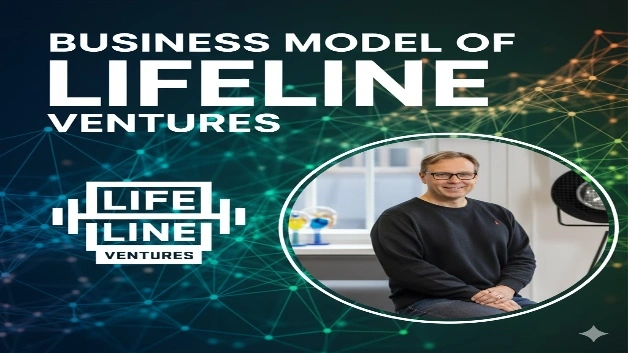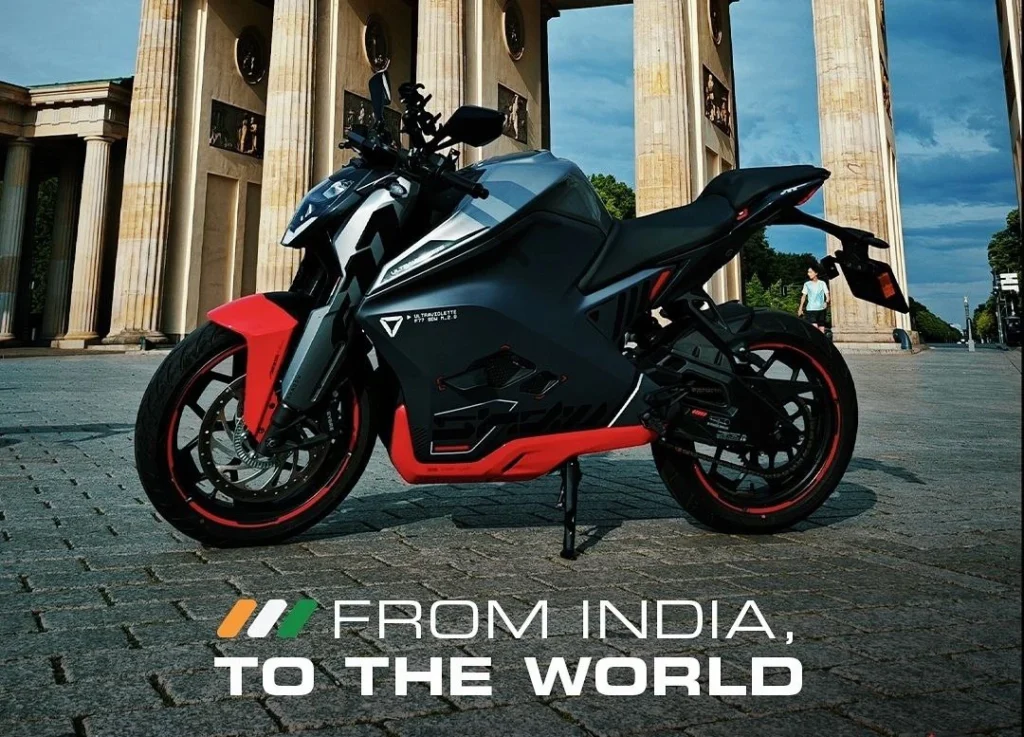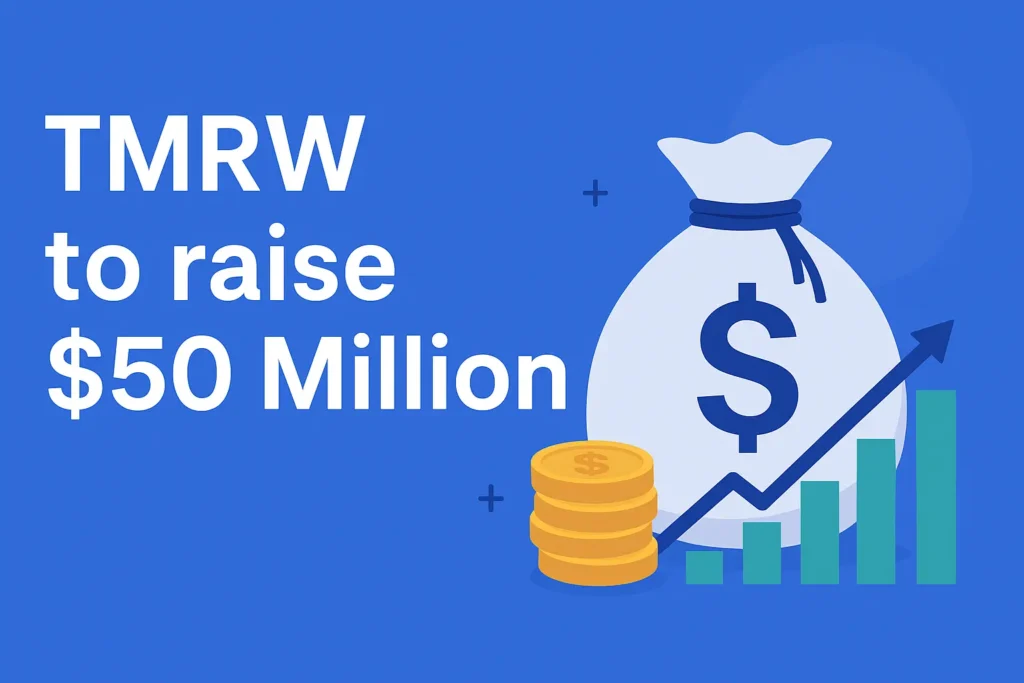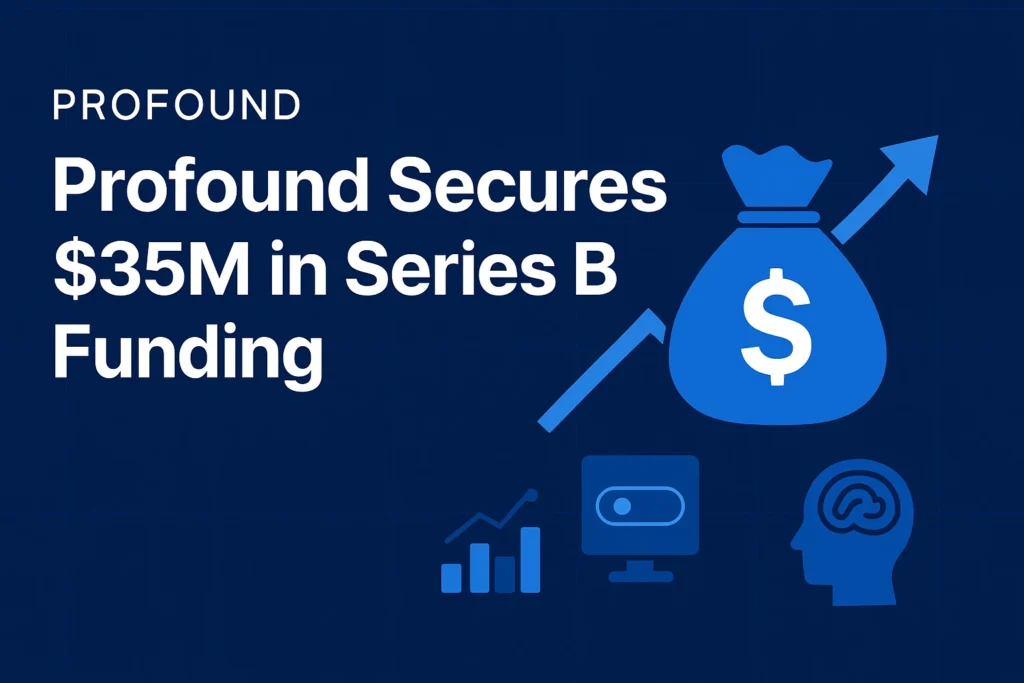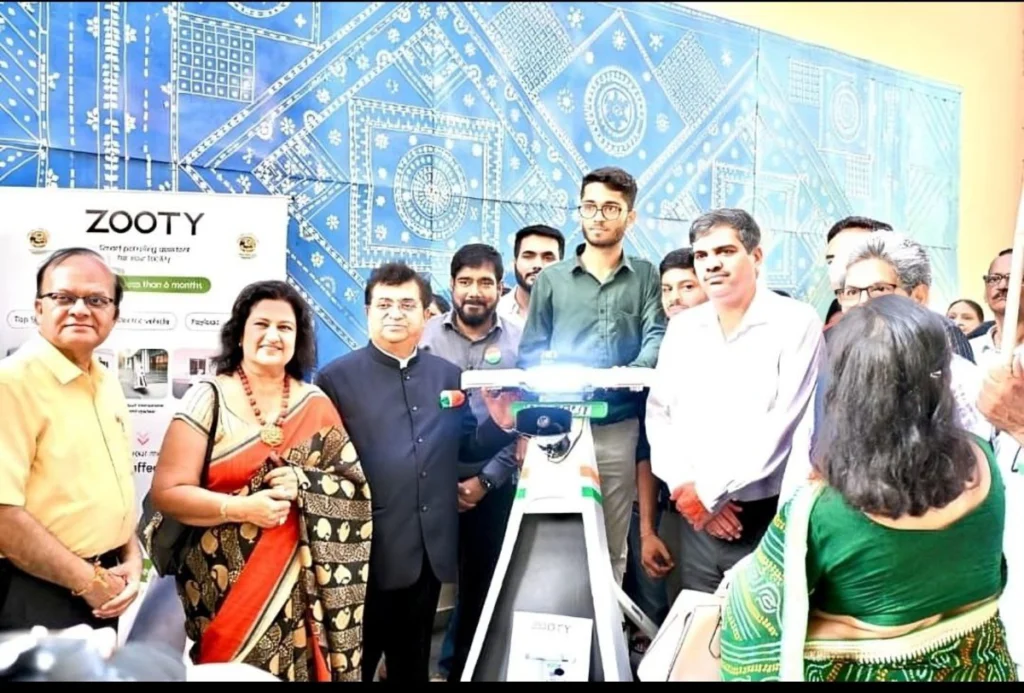| Category | Details |
|---|---|
| How Lifeline Ventures Started | Business Model of Lifeline: Lifeline, Future plans of Lifeline: Lifeline Ventures was founded in 2009 in Helsinki, Finland by Timo Ahopelto and Petteri Koponen with a mission to identify resilient founders at inception and support them to global scale. The firm launched when Finnish startups raised just over €100 million annually, recognizing untapped potential in Nordic founders building globally relevant companies. The founding strategy centered on investing from day zero—often before pitch decks or products existed—and maintaining capital reserves enabling follow-on investments through later rounds. Early success came as first investor in gaming giant Supercell, which Tencent later acquired majority stake for $8.6 billion, validating the pre-product investment thesis and establishing reputation for discovering unicorns before competitors recognized potential. |
| Present Condition of Lifeline Ventures | The firm currently operates with €400 million in Fund VI—making it one of Europe’s largest early-stage funds and Finland’s biggest ever venture capital vehicle.Limited partners include Grove Street Advisors, Finnish pension giants Varma and Elo, Nordea Bank’s life insurance arm, and government investment unit Tesi. The portfolio spans 150+ investments accumulated over 15 years, delivering top-quartile returns across multiple fund vintagesRecent success includes serving as first investor in every Finnish seed-funded unicorn: food delivery leader Wolt sold to DoorDash for $8.1 billion, wearables pioneer Oura valued at $11 billion, satellite imaging company ICEYE, and database platform Aiven. Recent investments include pre-seed funding for Kova Labs and seed rounds for Illutherm, Arctic Instruments, Bought, Vaire, Soldera, Louhe, Nordcraft, In Parallel, and HyCom Core spanning climate tech, AI, biotech, and deep tech. |
| Future of Lifeline Ventures and Industry | The firm plans continued deployment of Fund VI capital across Nordic and European early-stage opportunities, maintaining sector-agnostic approach while prioritizing climate tech, AI, biotech, and deep tech sectors attracting 40% of Europe’s $400 billion venture dry powder.Finnish startup funding reached €2 billion+ in 2025—a 20X increase from 2009—with Finland now producing 2-3 unicorns annually. Nearly 40,000 people work in venture-backed tech companies representing fivefold talent pool expansion. The European venture capital market projects growth from $75.71 billion in 2025 to $143.31 billion by 2030 at 13.61% CAGR.Early-stage funding demonstrates resilience maintaining 60%+ of peak levels while late-stage collapsed to 31% of historical highs. Europe attracted $5.4 billion across 280+ early-stage deals in Q1 2025, with seed funding totaling $1.6 billion across 850 rounds. Nordic ecosystems including Finland, Sweden, and Estonia increasingly produce global technology leaders through coordinated LP support and experienced GP networks. |
| Opportunities for Young Entrepreneurs | Young entrepreneurs can leverage the ecosystem through venture studio collaborations—building companies alongside experienced founders and operators backed by early-stage capital. Technical talent opportunities exist joining portfolio companies at inception stages, gaining equity stakes and entrepreneurial experience unavailable at established corporations. Co-investment vehicles allow qualified angels participating alongside institutional funds in seed rounds, democratizing access to premier deal flow. Founder-in-residence programs connect aspiring entrepreneurs with venture partners to validate ideas before formal company formation. Service provider opportunities include building specialized recruitment, legal, financial, and marketing services tailored to early-stage Nordic startups. Deep tech commercialization enables PhD researchers and university spinouts accessing patient capital for long development cycles in climate, biotech, and materials science. |
| Lifeline Ventures’ Market Share | The firm operates within Europe’s early-stage venture capital market where fragmentation creates opportunities rather than winner-take-all dynamics. Nordic early-stage competitors include Inventure, Butterfly Ventures, Antler, and Superhero Capital focusing on similar day-zero investments.Pan-European competitors span established firms like Index Ventures, Creandum, Atomico, and Accel operating multi-stage funds with early-stage allocations. Geographic positioning in Finland provides access to Nordic founder talent increasingly recognized for technical excellence and global ambition. The €400 million Fund VI ranks among only a handful of European early-stage funds exceeding €300 million, enabling competition with U.S. mega-funds for follow-on rounds. Market share measured by unicorn production shows the firm as first investor in every Finnish seed-funded unicorn, demonstrating dominant position within domestic ecosystem while expanding European footprint. |
| Lifeline Ventures’ MOAT (Competitive Advantage) | Competitive advantages include documented top-quartile returns across 150+ investments spanning 15 years, providing credibility attracting premium LPs and founders seeking value-added investors. First-check positioning enables relationship building before competitive dynamics emerge, with investments occurring pre-product and pre-pitch deck granting information advantages. Nordic network effects create deal flow concentration where successful founders recommend investors to peers, creating self-reinforcing ecosystem advantages.Follow-on capital reserves differentiate from seed-only funds, enabling portfolio companies scaling without foreign relocation for growth capital access. Sector-agnostic mandate allows opportunistic investments across technology waves rather than thesis-driven constraints limiting addressable opportunities. Geographic arbitrage captures Nordic technical talent and founder quality at valuations below Silicon Valley equivalents while maintaining global ambition and market access. Institutional LP base including pension funds and government entities provides patient capital and relationship stability versus short-term oriented funds. Brand reputation from Supercell, Wolt, and Oura exits attracts highest-quality founders seeking partners with proven global scaling expertise. |
| How Lifeline Ventures Makes Money | Revenue generation follows standard venture capital economics with 2% annual management fees charged on committed capital during investment period and committed or invested capital during harvest period. Carried interest represents primary profit source, capturing 20-30% of fund returns above preferred return hurdles once LPs receive initial capital plus minimum returns. Portfolio company exits through acquisitions, IPOs, or secondary sales generate realized gains distributed to limited partners after carry calculations. Follow-on investments in subsequent funding rounds enable ownership maintenance or increase as companies scale, with pro-rata rights negotiated in initial seed investments. Successful exits generate recycling provisions allowing redeployment of early gains into new portfolio companies, extending fund deployment periods and increasing total invested capital beyond committed fund size.Reputation and performance attract larger subsequent funds with higher management fee bases—Fund VI’s €400 million represents significant increase from earlier vintages. Co-investment opportunities allow GP principals investing personal capital alongside fund resources, aligning interests and generating additional returns beyond management fees and carried interest. |
I’m Araib Khan, an author at Startups Union, where I share insights on entrepreneurship, innovation, and business growth. This role helps me enhance my credibility, connect with professionals, and contribute to impactful ideas within the global startup ecosystem.
